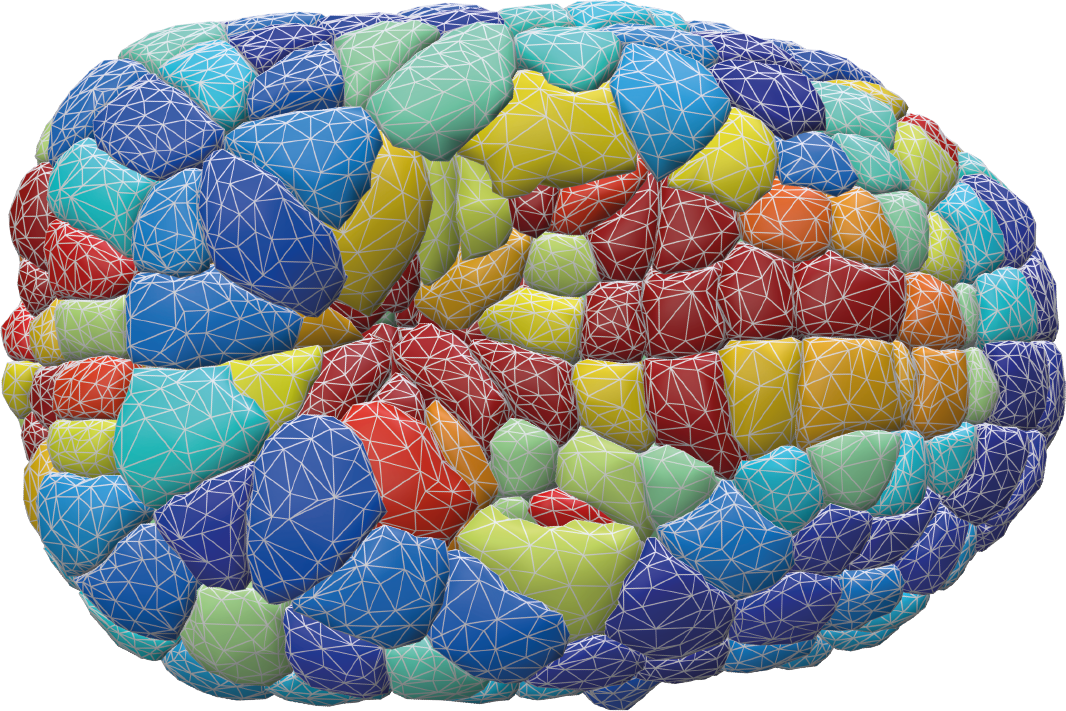
Physics of multicellular systems
The development of animals, starting from a single cell to produce a fully formed organism, is a fascinating process. Its study is currently advancing at a rapid pace thanks to combined experimental and theoretical progress, with yet many fundamental questions remaining to be understood.

This course will address the fundamental theoretical concepts underlying the self-organization of multicellular systems, from genetic regulation to the mechanics of active biological materials. The course will be based on various concepts of theoretical physics: dynamical systems, soft an active matter, mechanics of continuous media, numerical modeling, etc.
Advances in sequencing, genetic manipulation, microscopy and ex-vivo culture are bringing unprecedented amount of detailed and quantitative information.
Theory, models and numerical simulations build on physical concepts from diverse fields, such as statistical mechanics (particularly of out-of equilibrium systems such as active matter), soft-matter, dynamical systems, pattern formation, information theory and mechanics.
Besides the understanding of animal development, much motivation is also coming from the hope of producing organs ex-vivo and to rationally design therapy for complex diseases.
The lectures will present an introduction to this burgeoning field of research at the broad interface of physics and biology. They will be accompanied by practical sessions (TDs) with both theoretical and numerical components.
- Introduction
- Patterning I (gradient, positional information, physical limits,…)
- Patterning II (auto-organization, Turing’s idea, ex-vivo cultures and organoids,…)
- Interaction between cells, spontaneous symmetry breaking and lateral inhibition, dynamical system approach.
- From cell to tissue tension (cortical tension, measurement methods, tension inference, tissue tension: origin and limits of the concept)
- Vertex models of tissues models (2D vertex models of epithelia, topological rearrangements, rigidity transitions and jamming)
- Continuous models of tissues - dissipation and nematic order (Onsager variational principle, active polar fluid)
- Continuous models of tissues - tissue growth (population dynamics, growth of a spheroid, homeostatic pressure)
- Final project
No prerequisite in physics but general knowledge in statistical physics, dynamical systems and continuous mechanics will help.
Basic mathematic tools is essential (integration by parts, linear algebra, partial differential equations...) and Python programming skills will be required for the TDs.
Study and presentation of a scientific article with the reproduction of some of its results numerically.
The project starts three weeks before the exam.
Oral presentation by groups of 2-3 students.